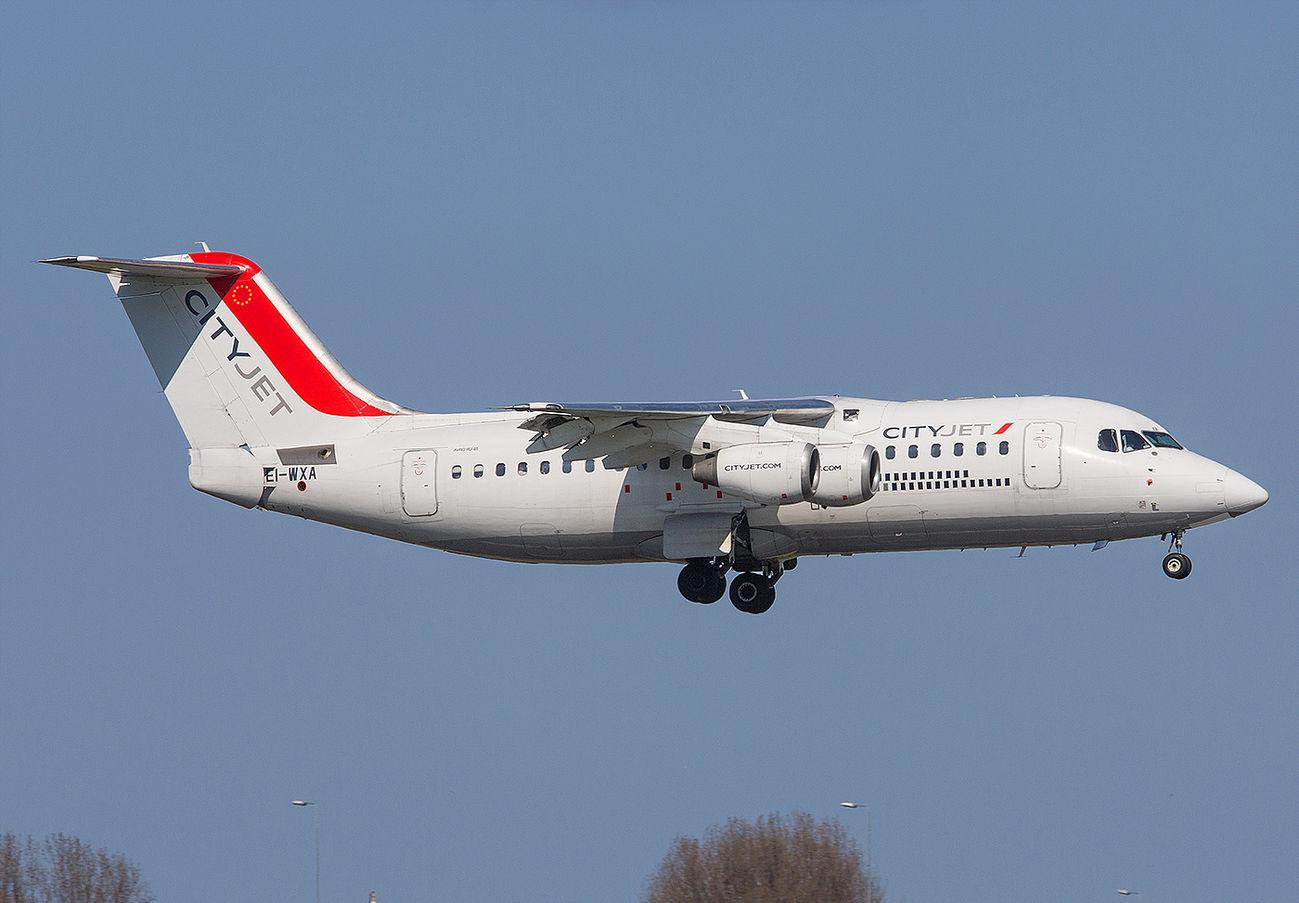
Ireland-based carrier CityJet is seeking new opportunities in the European regional market, following its exit last week from the country’s examinership process, the local equivalent of Chapter 11.
A judge at the High Court in Dublin accepted plans drawn up by the examiner, who has been developing a restructuring plan for the airline since April.
CityJet, which reinvented itself as an ACMI specialist in 2018, sought the protection of the Irish courts after the COVID-19 pandemic caused virtually all of its contracts with European airlines to dry up.
Successfully emerging from examinership means that CityJet has been freed from the burden of nearly €550 million ($651 million) in debt. However, the company also emerges with a much smaller workforce; having started the COVID-19 crisis with around 1,150 staff. The carrier now has approximately 450–around 140 in Dublin and the rest in Scandinavia, mainly Copenhagen, from where it operates routes on behalf of Scandinavian Airlines (SAS).
“Although much smaller than before, we now have a solid business upon which we can continue the development of the airline and seek to grow again as the market recovers,” CityJet executive chairman Pat Byrne said in a statement.
“The process of examinership and the necessity to resize the business regrettably came at a significant personal consequence for many,” Byrne said. “With examinership behind us, CityJet is now very well positioned to play a key role in the re-emergence of the European regional aviation industry.”
Speaking to Aviation Daily Aug. 17, CityJet chief commercial officer Cathal O’Connell said that the company was gradually building up services once again with SAS. The carrier is now operating eight of its fleet of Bombardier CRJ900 regional jets. The airline operated more than 20 before the pandemic. Its three remaining Avro RJ85s, which operated a now-defunct Dublin-London City service on behalf of Aer Lingus are no longer flown.
At the High Court in Dublin, Justice Michael Quinn accepted that creditors would do better by receiving between 1.25% and 15% of what they were owed if the airline was allowed to emerge from examinership, rather than being liquidated.
O’Connell said that the figure of €550 million in debts included all future liabilities, such as aircraft lease payments. “It wasn’t a case of us having hundreds of invoices piled up on our desk,” O’Connell said.
Before the pandemic, CityJet was in the process of creating Europe’s largest regional carrier through a joint venture with Spain’s Air Nostrum. The project was still on the table, but both airlines had issues to work through, O’Connell said. In CityJet’s case, many of the issues had been resolved by the examinership.
“It’s still something that we will both go back to when we get through the current crisis,” O’Connell said.




